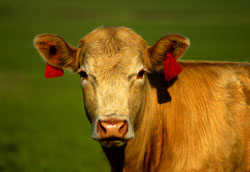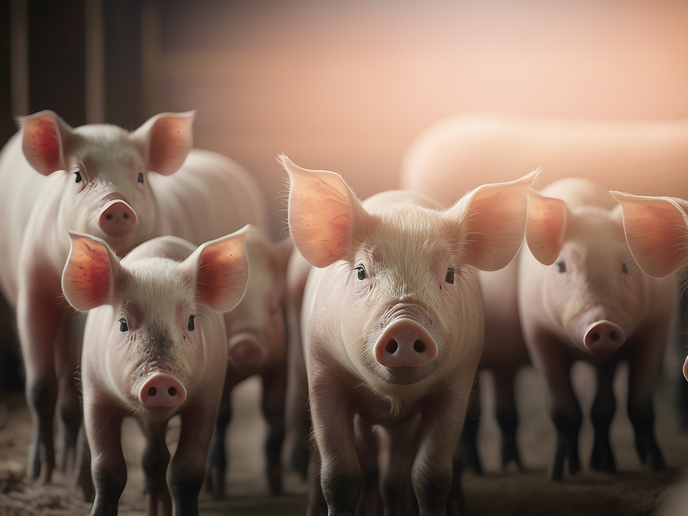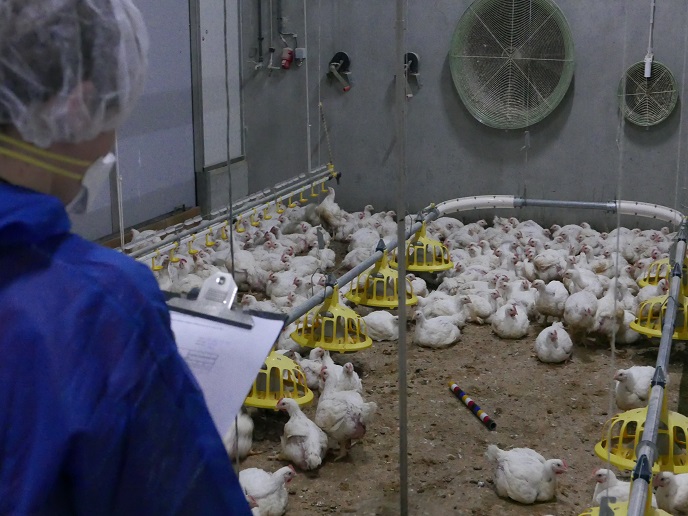Mapping for mastitis resistance
Mastitis, or inflammation of the udder in cattle causes loss of milk quality and lost milking days while the animal is being treated. Treatments for mastitis include antibiotics which are becoming increasingly unpopular within Europe. Improved hygiene, husbandry and selection for resistance are alternative strategies. To date however, breeding programmes have largely neglected the inclusion of resistance to mastitis because the degree of heritability is relatively low. Project partners in MASTITIS RESISTANCE aimed to address this omission in conventional breeding programmes. They concentrated their research on providing breeding tools to improve the genetic resistance to this distressing disease. To do this, they set about fine mapping the chromosomes of cattle to determine the proximity of resistance genes to marker traits that can be easily identified. Marker assisted selection (MAS) in a breeding programme could then be employed. Chromosome mapping can be performed using linkage studies. The principle depends on the probability of separation of the genes on formation of the gametes when the chromosomes break and recombine at certain points. Generally speaking, if the probability of recombination is high then it follows the genes are far apart because there will be more breaks. The converse is of course also true. The closer they are, the fewer times they will be split apart from each other. Mapping using this so-called linkage disequilibrium (LD) technique demands a lot of information. Therefore, the team at the Animal Genetics and Genomics Centre at Lelystad in the Netherlands used a vast amount of historical data. This mapping method has been used very successfully on the human genome with a high degree of resolution achieved. In refining this technique, the team developed methods to calculate the IBD (identical by descent) probability taking into account the families and breeds in the study. An IBD matrix was then constructed that required verification. Comparing all founder haplotypes, or statistically associated genetic variants, with the resulting matrix was then undertaken. Because of the vast numbers of haplotypes to be compared, the group programmed several ways to cluster these variants. Due to the huge quantity of information as input, future fine mapping using LD linkage analysis will require more computer resources. These results however, have undoubtedly paved the way towards control of the disease using breeding by the selection of identifiable markers associated with mastitis resistance polymorphisms.







